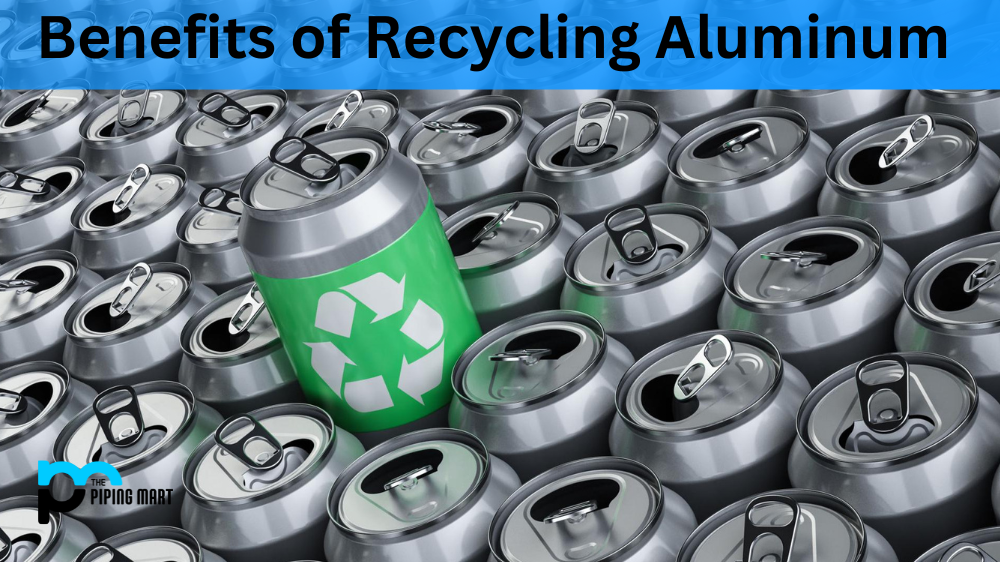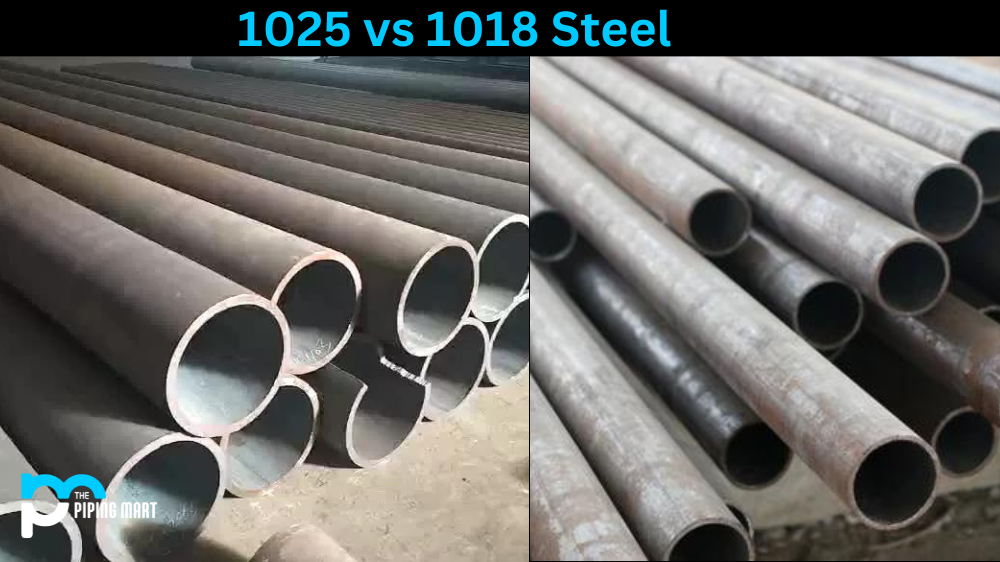TIG welding is one of the most popular stainless steel welding forms. It’s a method that enables welders to control the heat input, enabling them to achieve precise and accurate results. If you’re interested in learning how to TIG weld stainless steel, then this article is perfect for you! Read on to learn more about the basics and how to get started.
What Is TIG Welding?
Tungsten Inert Gas (TIG) welding is an arc welding technique that uses a non-consumable tungsten electrode and an inert gas, such as argon or helium, to form an electric arc between the material being welded and the tungsten electrode. The heat generated by the arc melts both the base metal and filler material while shielding it from oxidation with an inert gas shield (argon or helium).
Benefits of TIG Welding Stainless Steel
The main benefit of using TIG welding stainless steel is that it allows precise control over the heat input into the weld joint. This makes it possible for welders to achieve a high-quality finish with minimal distortion or warping of the welded material. Additionally, since there is no consumable electrode being used, this type of welding can be used on thinner gauge materials without having to worry about slag buildup or contamination from fluxes.
Another advantage of using this process on stainless steel is that it produces a cleaner joint than other welding processes, such as MIG or stick welding. Since there is no consumable electrode needed, there are no spatter marks left behind, like what you would find with MIG or stick welding. The lack of spatter also means that post-weld cleanup time will be reduced significantly. Additionally, since there’s no flux involved in this process, there won’t be any porosity in your finished welds either. This makes it ideal for applications where cosmetic appearances matter more than structural integrity (e.g., jewelry making).
Finally, when compared to other types of welding processes, TIG offers increased safety due to its low amperage requirements. This reduces the risk posed by electrical shock hazards when working with higher voltage equipment like MIG, and stick welders require much higher amperage levels which can increase safety risks if proper precautions aren’t taken when using them.
Conclusion:
Tungsten Inert Gas (TIG) welding is one of the best methods available for stainless steel fabrication projects due to its high degree of precision and accuracy combined with relatively low safety risks compared to other welding processes. With proper training and practice, anyone can learn how to use this method to produce professional-grade results with minimal effort required in terms of post-weld clean up too! By understanding all the benefits associated with using TIG welding on stainless steel projects, you should now have a better idea as to why this method has become so popular among professional fabricators today!

Pipingmart is a B2B portal that specializes in metal, industrial and piping items. Additionally, we share the latest information and information about materials, products and various types of grades to assist businesses that are involved in this business.




